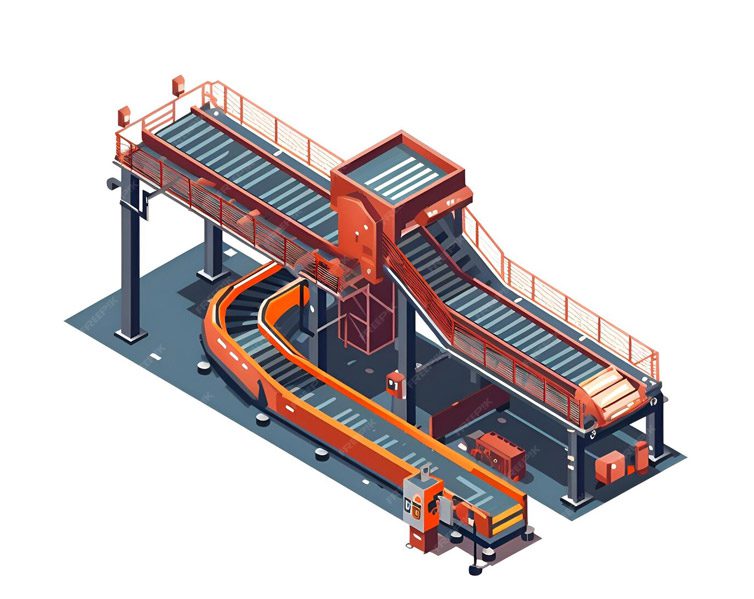
Industry overview
The integration of robotics, autonomous equipment, and the utilization of real-time operational data are set to elevate productivity in mining by optimizing equipment usage, allocating teams more efficiently, and achieving more with fewer resources. Mining companies are grappling with supply chain challenges, including shortages of raw materials, spare parts, fuel, and transport capacities, necessitating a resilient and agile response to swiftly adjust and implement plans.
The evolution of the mining sector involves extensive collaboration, not just with traditional stakeholders like vendors and the workforce but also with non-traditional entities such as tech companies, data scientists, and local communities. Moreover, the importance of maintaining a license to operate is escalating, influenced by factors like sustainability ratings affecting capital costs and the expansion of regulatory and voluntary reporting on various sustainability facets, including inclusion, sourcing, and emissions.
reduced costs for terrestrial mines using 3D printing compared to standard manufacturing methods
of mining companies are piloting edge computing within their mining operations
of mining companies globally are expecting their spending on IT-related investments within IT and operations to increase in the next 12 months
of new enterprise applications will embed artificial intelligence by 2025
of G2000 manufacturers will address growing industry talent shortages by making significant investments in intelligent robotic process automation by 2023
of G2000 companies will use AI to develop guidance and insights for risk-based operational decision-making by 2026, compared with less than 5% of the G2000 today.
How we can help
Thorough discovery and analysis phase to understand your specific business needs and challenges. Utilize technology as the base for application integration, extension, and access to a robust ecosystem, including AI solutions.
Leverage industry-leading business applications across both front-end and back-end systems.
Combine all elements to support customer-specific, end-to-end industry processes essential for digital transformation and operating as an intelligent and sustainable enterprise.






